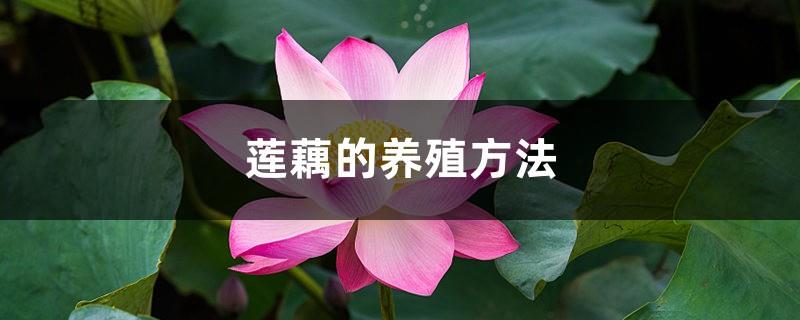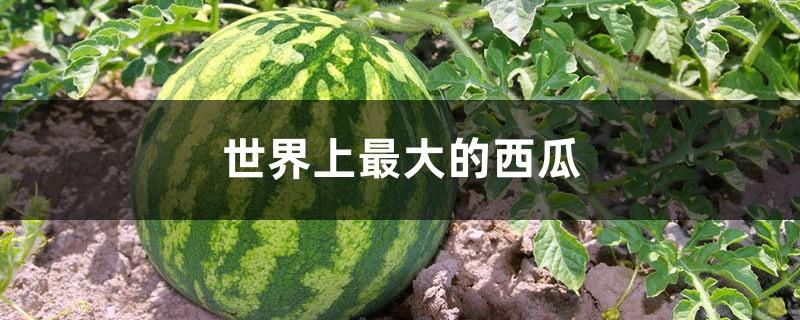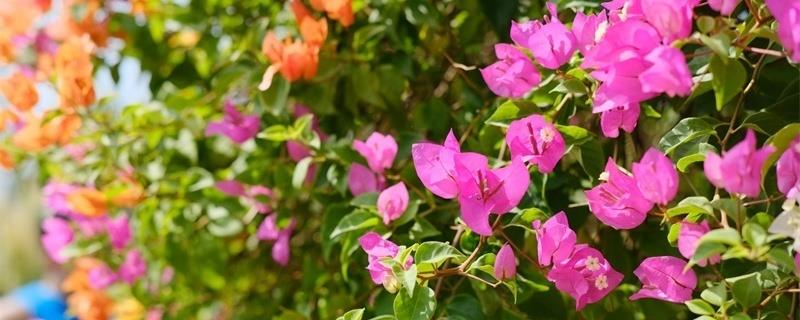How to grow lotus root
Last Update :2024.04.23
Article Catalog
Soil: Lotus root is suitable for growing in clayey soil that is rich in organic matter, has a deep soil layer and has strong water storage capacity. Light: It likes light and has strong adaptability to light intensity. Long-term light is beneficial to its growth. Fertilization: The base fertilizer should be mainly organic fertilizer, and top dressing is required in the later stage, mainly nitrogen and phosphate fertilizer. Temperature: The initial temperature of lotus root germination is around 15℃, and the optimal temperature for growth is 28-30℃.

1. Soil:
1. Soil:
Lotus has no strict requirements on soil quality and can grow in a wide range. It grows best in clay soils rich in organic matter, with deep soil layers and strong water storage capacity.
2. Light:
Lotus roots like light. During the growth period of lotus roots, sufficient light must be maintained to help the growth of lotus roots. Lack of light will cause slow growth of lotus roots and poor fruit quality. , losing commercial value.
3. Fertilization:
Lotus roots mainly use organic fertilizer as the base fertilizer, and the fertilizer must be fully decomposed. Top dressing is required during the growth period, and attention should be paid to the combined application of nitrogen and phosphate fertilizers. Silicon fertilizers and boron fertilizers can also be added.
4. Temperature:
Lotus root is a temperature-loving plant. The initial temperature for lotus germination is around 15°C, and the optimal temperature for growth is 28-30°C. The large temperature difference between day and night is conducive to the expansion and formation of lotus roots.
5. Prevention and control of diseases and insect pests:
1. Diseases: The main diseases of lotus root are black root disease and leaf blight. They will damage the leaves and rhizomes of lotus roots, and can cause death in severe cases. Before planting, select disease-free lotus roots for planting, and at the same time remove diseased plants, and thoroughly remove diseased plants and diseased remains in the lotus root field.
2. Insect pests: The main pests of lotus roots are lotus aphids and Spodoptera litura. They will suck rhizome sap, spread viruses, and affect the normal development and growth of plants. Dimethoate emulsion and anti-aphidicides can be used. Wet powder and other drugs can be sprayed for prevention and control.
2. Lighting:
3. Fertilization:
4. Temperature:
5. Pest and disease control:
- END -
How big is the largest watermelon in the world and where is it produced?

The largest watermelon in the world weighs about 300 kilograms. It was grown in Na...
Complete list of bougainvillea varieties

1. Green cherry blossoms: Green cherry blossoms are light green when they first bl...